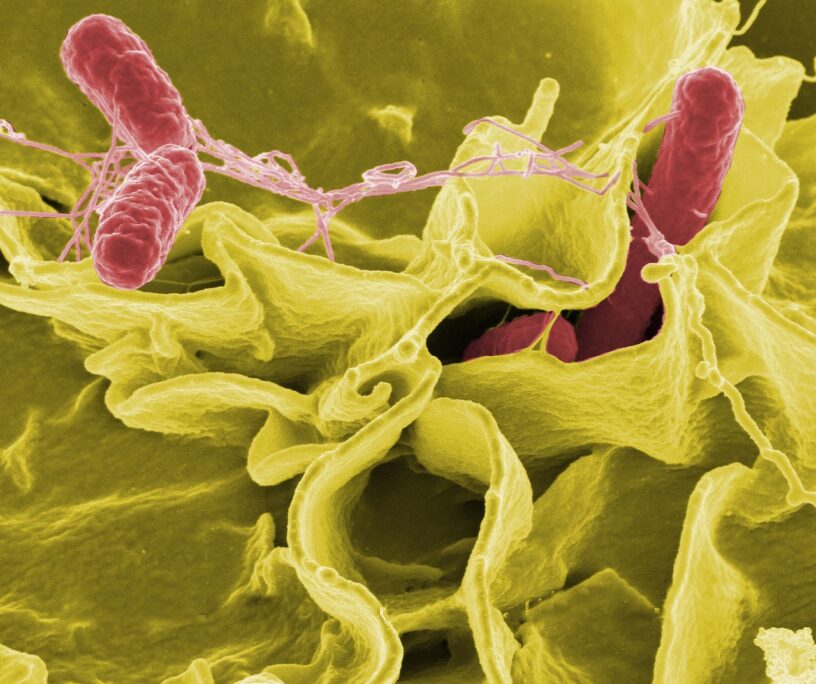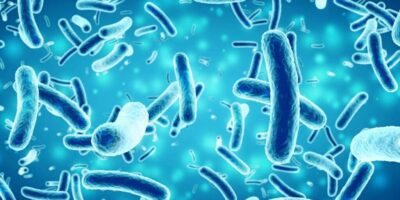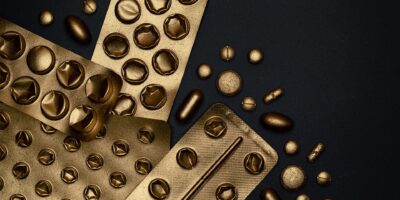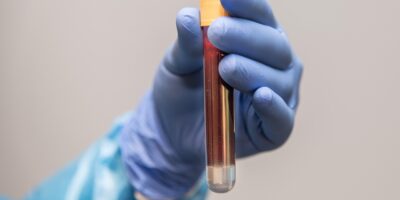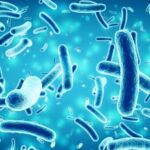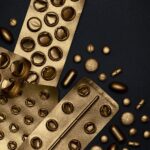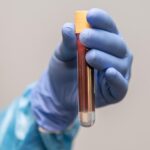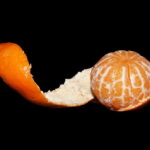In recent years, cancer immunotherapy has rapidly advanced and transformed the treatment of cancer by being an effective way of utilising the body’s immune system to attack cancer cells. However, the efficacy of immunotherapy is limited due to various factors, such as adverse side effects wherein immune cells mistakenly attack healthy tissues.
One of the major reasons why cancer cells continue to be one of the most persistent, seemingly immortal diseases is because the cancer cells are able to avoid detection, hide in plain sight and manipulate the immune system to ensure that their tumor environment thrives.
Typically known to be the main contributor to food poisoning, in a new study, scientists found that genetically engineered Salmonella typhimurium (SAM) bacteria can act as a vehicle to deliver cancer-fighting proteins directly into tumors. These findings, published in Nature, elucidate how cancer cells reduce the cross-presentation of tumor antigens, specifically neoantigens which are unique and elicit a strong immune response, by dendritic cells. This, in turn, decreases the release of danger-associated molecular patterns (DAMPs) which are signals that secrete specialised molecules under stress to activate inflammation to target cancer cells.
As a result, engineering Salmonella typhimurium to express and release anti-cancer proteins was able to fire up the tumor’s microenvironment to proactively fight the cancer cells, switching from a ‘cold’, unresponsive tumor to a ‘hot’, active tumor.
Firstly, attenuated Salmonella are the most studied bacteria that is effectively utilised for cancer treatment. This is mainly due to Salmonella’s natural ability and preference to seek out low-oxygen environments – a feature that is prevalent in solid tumors. The scientists sought to localise and accumulate the genetically engineered Salmonella in tumors while leaving healthy tissue untouched. One of the fascinating methods used by the scientists was that instead of loading Salmonella with traditional chemotherapy agents such as cytokines, cancer-fighting proteins derived from other bacteria were chosen. All three components of the therapy being bacterial in origin – attenuated Salmonella, ClyA from E. coli and FlaB from Vibrio vulnificus—to turn it into a natural cancer-fighting powerhouse, one that directly kills cancer cells and activates the immune system from within.
ClyA is a molecule that punctures small holes into the membranes of cancer cells, inducing immunogenic cell death of cancer cells. This promotes the release of DAMPs to assist the body’s immune system to recognise and develop an immune memory of the cancer cells, preventing their relapse. FlaB plays a different role as it transforms macrophages from “healers” that shut off the immune system to “killers” of cancer cells.
These two proteins were found to work synergistically together out of the three other strain combinations through in vivo bioluminescence imaging. Mice with tumors that were injected with SAM-FC (loaded with FlaB and ClyA) reported successful colonisation and proliferation in tumor cells. The tumor was no longer present in 75% of the mice after 12 days since the injection of SAM-FC. On the other hand, when SAM-FC was injected into normal organs that were tumor-free, the number of SAM-FC decreased over time, indicating the therapeutic advantage of SAM-FC as it selectively grows only in tumor environments and will not attack healthy cells. Additionally, not only did SAM-FC reduce tumor growth in the mice, but the immune system retained memories of the cancer cells long after the initial treatment. When the scientists reintroduced twice the number of cancer cells into these mice, their immune systems attacked the new cells immediately, suggesting that the bacteria helped establish a lasting immune memory.
Using immunofluorescence staining, the scientists ascertained the efficacy of the dual-drug loaded SAM-FC as the number of anti-tumor, “killer” macrophages increased while the number of “healer” macrophages decreased. Moreover, the scientists then discovered that SAM-FC was able to migrate from one tumor site to the other and populate in multiple tumors, decreasing the metastasis (spread) of cancer.
With further research, cancer immunotherapy that uses bacteria could become a precise, less toxic and harmful alternative to traditional cancer treatments. As bacteria can be genetically engineered to specifically target only tumor cells whilst ignoring healthy cells, the tumor microenvironment can be reprogrammed to activate both the innate and adaptive immune responses against cancer.
The bacteria that causes food poisoning can also eradicate cancer. Imagine that.
References
Nguyen, DH., You, SH., Ngo, H.TT. et al. Reprogramming the tumor immune microenvironment using engineered dual-drug loaded Salmonella. Nat Commun 15, 6680 (2024). https://doi.org/10.1038/s41467-024-50950-5
Featured picture credit: National Institute of Allergy and Infectious Diseases, National Institutes of Health, Salmonella invading immune cell
